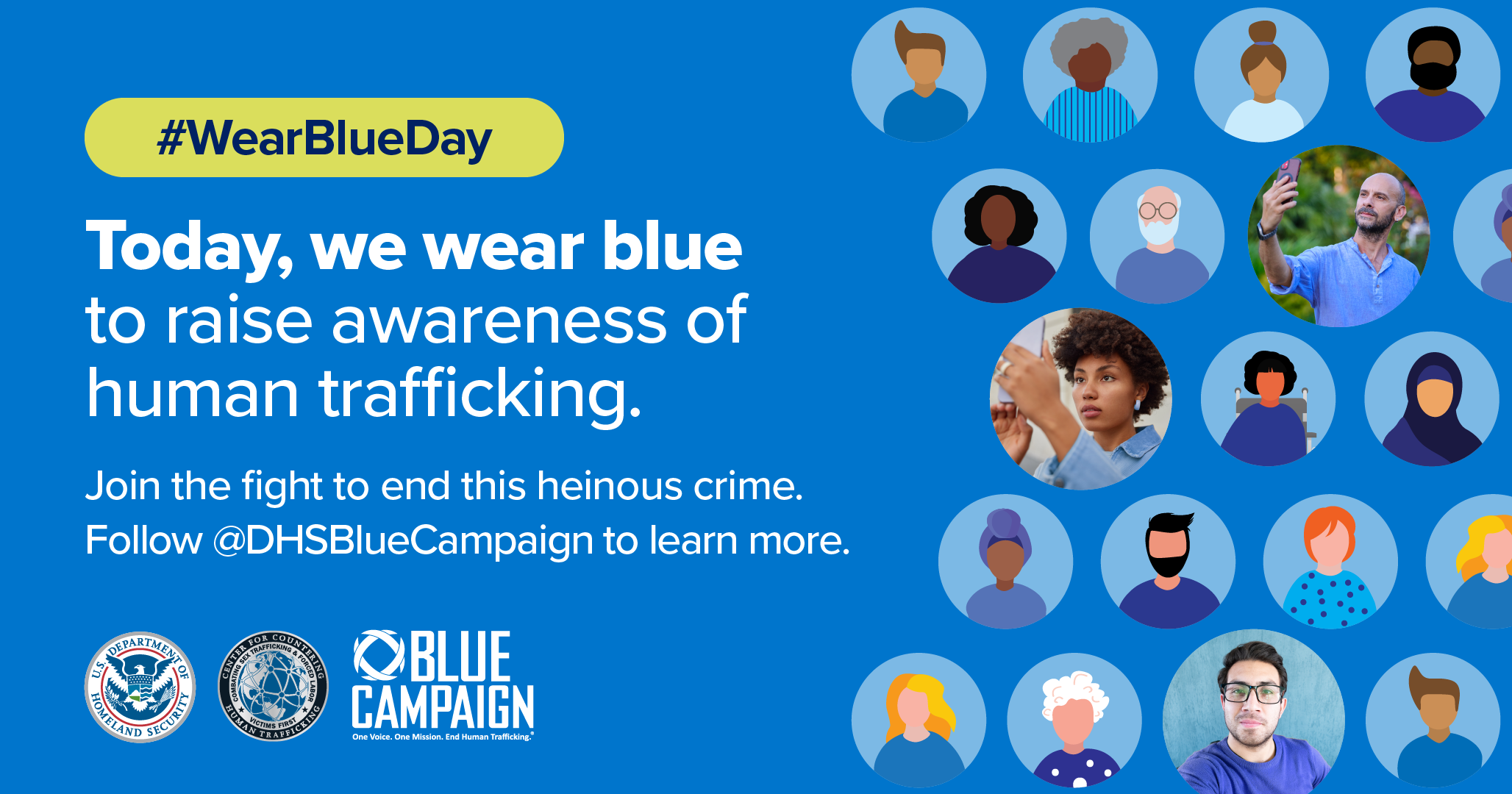Designated school officials (DSOs) are often called upon to assist F-1 students as they progress from one academic level to another within the same institution. This blog provides guidance on when and how to use the Change Education Level process in the Student and Exchange Visitor Information System (SEVIS), what information is required and how to avoid common errors.
When to Use the Change Education Level Function
The Change Education Level process ensures that students’ SEVIS records are up-to-date and reflect their current program of study. The Change Education Level process should be used only when an F-1 student:
- Is advancing to a new level within the same school (e.g., Bachelor's to Master's).
- Is continuing at the same campus, without transferring to another campus within the same institution.
Do not use this function if the student is transferring to a different campus or school. In this case, use the SEVIS transfer process. If you need to correct a data entry error, use the Update Program Information process.
What to Prepare Before Beginning
Before initiating the Change Education Level process, make sure you have the following:
- The new education level and appropriate Classification of Instructional Programs (CIP) codes,
- Accurate program start and end dates that match your school’s academic calendar,
- Confirmation of the student’s English language proficiency, and
- Documented financial estimates and sources of funding.
Reminder: The Change Education Level process must be completed before the end of the student’s 60-day grace period following their current Program End Date.
Key Considerations for School Officials
Visit the Change Education Level page in the SEVIS Help Hub for a step-by-step guide. For questions or assistance, contact the SEVP Response Center at 703-603-3400 or SEVP@ice.dhs.gov.





